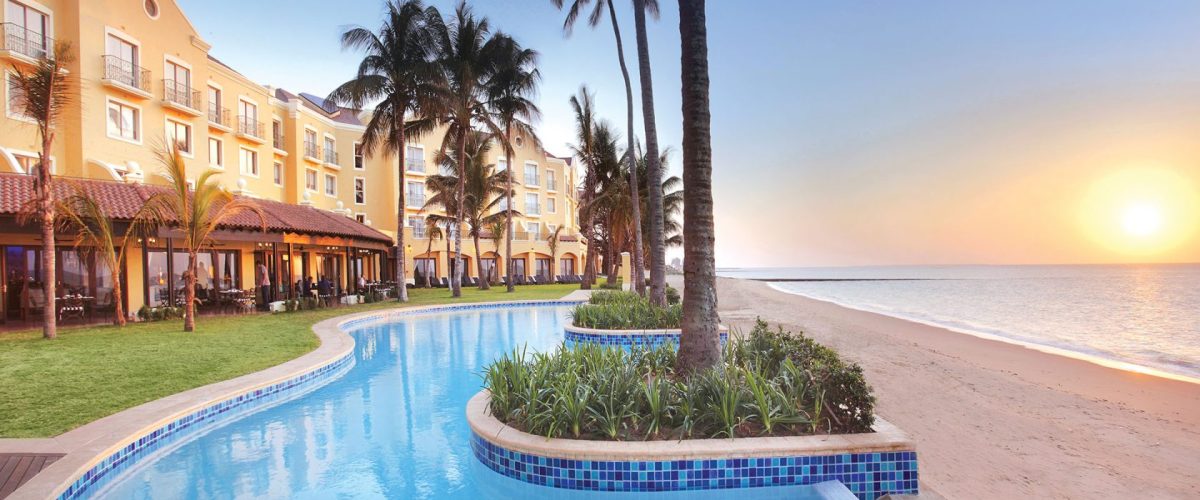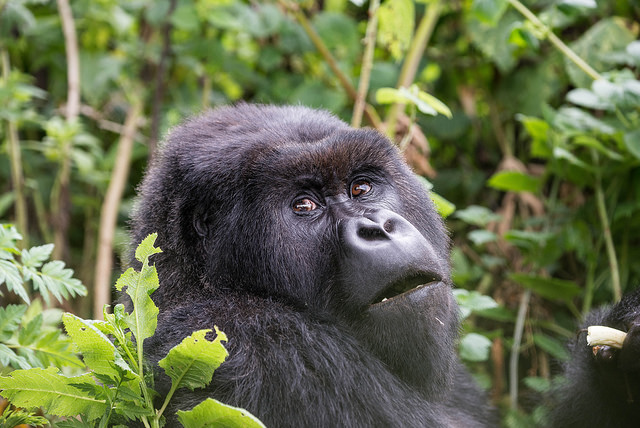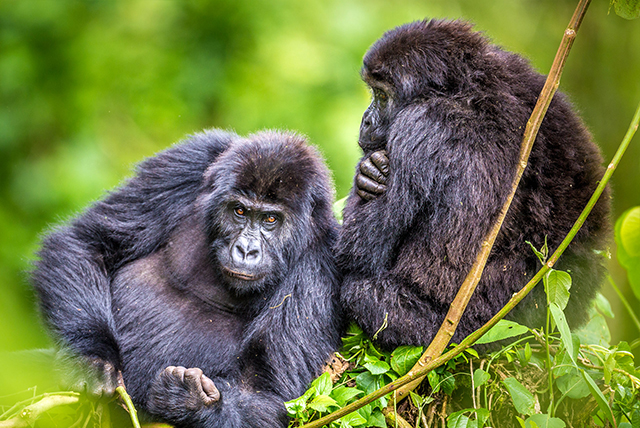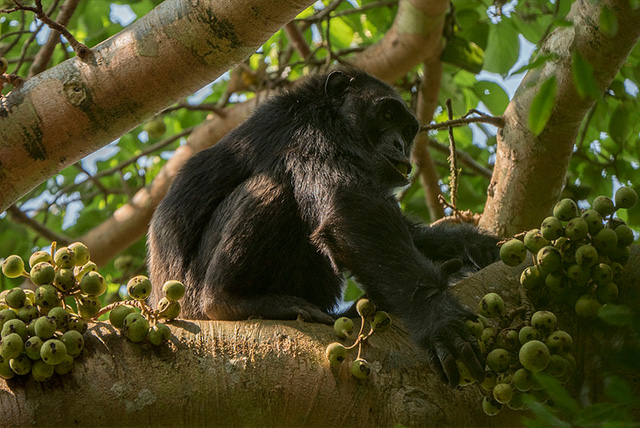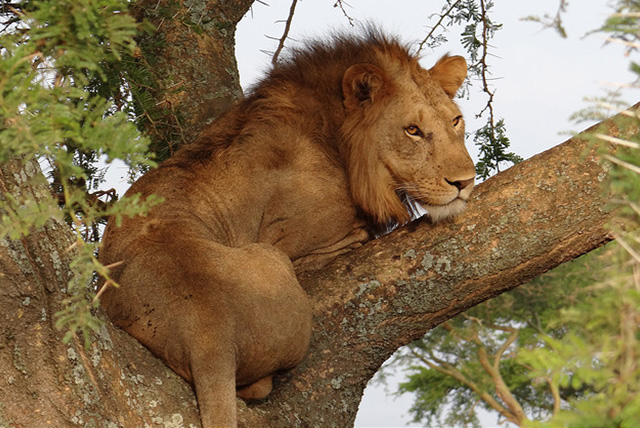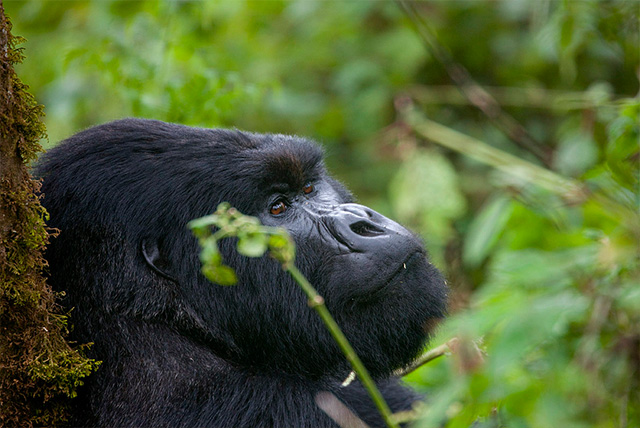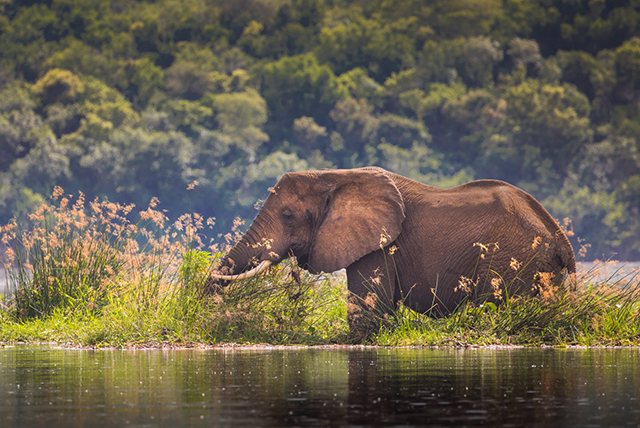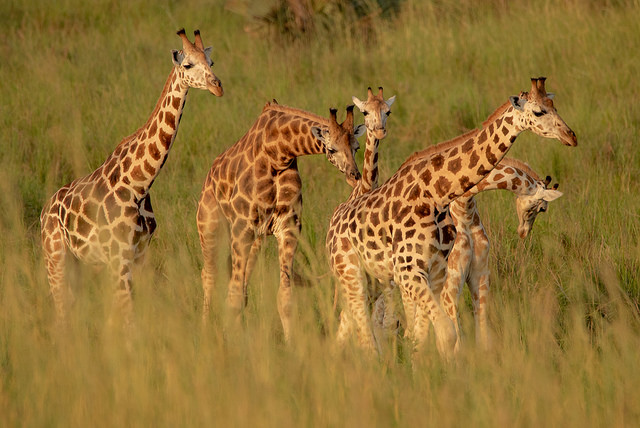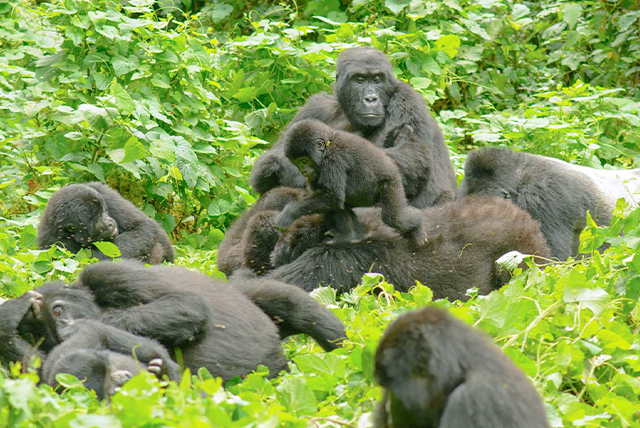Mozambique Travel Advice
Exploring Mozambique: Travel Tips
There’s nothing quite like fresh, insightful travel guidance straight from the specialists – grab Adventure in the Wild Safaris’ crucial Mozambique travel tips before your journey.
Finance & Expenditure
Mozambique’s official currency is the Metical (plural Meticais), but if you’re exploring southern Mozambique, you’ll find that both the South African Rand and US Dollar are commonly accepted. In the north, it is wise to have dollars on hand. If you are looking to explore the vibrant markets and craft shops for souvenirs, consider bringing small denomination notes in a foreign currency instead of Meticais.
While most hotels and lodges offer credit card facilities, there are a few exceptions. To ensure a smooth journey, it is wise to confirm with your Africa Safari Expert before you embark on your adventure.
At our suggested beach and island lodges, you can typically enjoy all non-motorized water sports at no cost, although there may be a fee for snorkeling excursions if a boat is required to reach the reefs. We recommend discovering which activities are part of your experience in advance to steer clear of any surprises when it’s time to check out.
Gratuity
In most Mozambique restaurants, leaving a 10% tip for service is customary. Deciding whether to tip your tour guides is entirely up to you and should reflect the size of your group and the quality of service you believe you’ve experienced.
For detailed tipping advice, reach out to one of our Africa Safari Experts – they’re eager to share their insights with you.
Climate Average summer temperatures range from 21°C to 31°C
Typical winter temperatures range from 15°C to 26°C.
Rainy season: from mid-November through April
Check out the “best time to visit Mozambique” for climate charts and details about the cyclone season.
Essential Items for Your Journey
Casual, comfortable clothing is perfect for any time of year during a holiday in Mozambique. If you are heading to Mozambique for a beach getaway, be sure to bring along lots of light cotton tops and shorts, along with a hat, sunglasses, beach sandals, and a pair of comfy walking shoes.
When gearing up for a photography adventure, don’t forget to bring along extra memory cards and batteries for your camera. These essentials can be quite elusive in Mozambique and can come with a hefty price tag if you happen to find them.
For the evenings – or if you are embarking on a safari alongside Mozambique – be sure to bring long-sleeved clothing to shield yourself from mosquitoes, as well as a fleece or jacket for those exhilarating winter game drives.
Travel & Transportation
Have you heard that you can arrange your flights with Adventure in the Wild Safaris? For additional details and common inquiries, please check out our Flights section.
Maputo International Airport serves as the primary entry point into Mozambique, offering direct flights from Portugal, Johannesburg, or Cape Town. Travelers often find themselves heading to one of the nation’s smaller airports to reach the stunning Indian Ocean coast.
Vilanculos International Airport: take a flight from Maputo, Johannesburg, Cape Town, or Kruger International to embark on an exciting journey to the Bazaruto Archipelago. The Kruger connection offers an exceptional logistics solution for an unforgettable safari experience and a relaxing beach getaway.
Pemba International Airport serves as the entrance to the Quirimbas Archipelago, with access from Maputo, Johannesburg, Nairobi, and Dar es Salaam – the latter two offering an exciting blend of East Africa safari and beach holiday experiences.
Once you’ve reached the coast, continuing your journey to the islands requires a boat, light aircraft, or helicopter transfer. The islands invite exploration on foot, while also offering abundant chances for sailing and boating adventures.
Mozambique invites exploration, but for those eager to uncover its inland treasures, a guided safari is the way to go.
Visa and Passport Requirements
Every traveler heading to Mozambique needs to have a passport that remains valid for a minimum of six months beyond their exit from the country. Visas are necessary for all travelers except those from South Africa, Zambia, Botswana, and Swaziland. They can be obtained at most borders for a fee ranging from US $35 to US $80, depending on your nationality. However, given the latest reports of travelers encountering difficulties with this service, we highly recommend that you secure your visas ahead of time from your closest Mozambican Embassy.
Exploring Mozambique A Journey Through Time & Trade
Mozambique’s indigenous Khoisan hunter-gatherers faced displacement two thousand years ago as West African migrants arrived, introducing Iron Age technology, cattle, and crops into the region. The outcome was a vibrant tapestry of formidable tribal kingdoms spread across the lands between the Zambezi and the Limpopo Rivers, engaging in trade with the bustling Swahili and Arab coastal settlements. Beset by slavers, the nation succumbed to Portuguese rule in the early 16th century, yet liberation arrived only after a long struggle. Independence was finally attained in 1975 after a fierce struggle, leading to a tumultuous 17-year civil war that followed.
The Mozambican economy has embarked on an exhilarating journey, emerging from a near-zero base to become one of the most rapidly expanding in the world. Agriculture, employing 80% of the country’s workforce and contributing around 30% of GDP, has long been a dominant force. However, Mozambique’s economic future is poised for excitement with its vast natural resources, including significant coal reserves and the world’s fourth largest natural gas fields. The country’s tourism sector is on the rise, yet it has so much more to offer than what is currently being realized.
Individuals & Community
Following the post-independence exodus of around 360,000 Portuguese, Mozambique’s population of 24 million is predominantly composed of its black ethnic groups, with the Macau and Shangaan being the largest among them. Despite the presence of around 60 regional languages, the Portuguese language reigns supreme, with approximately 50% of Mozambicans using it as their first or second language.
In Mozambique, traditional African religious beliefs continue to thrive, with around 56% of the population identifying as Christian, particularly in the southern regions and urban areas. Additionally, about 18% of Mozambicans practice Islam, especially in the Arabian-influenced northern parts of the country. In Mozambique, the vibrant rhythms of music and dance are at the heart of the culture, with the renowned marimba taking center stage. Visitors will also notice the delightful blend of Portuguese influence in the country’s spicy, Mediterranean-style cuisine.
Scenery & Creatures
Mozambique, a land three times larger than Great Britain, is split into two distinct topographical regions by the mighty Zambezi River. Northern Mozambique features a terrain of hills and low plateaus, complemented by rugged highlands in the west. Southern Mozambique features a broad coastal plain that stretches from north to south, making the landscape predominantly flat and covering nearly half of the country’s total area. Far from the coast, Mozambique boasts a sparse population, and its expansive woodlands are largely pristine and unspoiled.
Many travelers to Mozambique are drawn to the stunning shores of the Indian Ocean. The mainland boasts expansive palm-fringed beaches, yet it’s the Bazaruto and Quirimbas Archipelagos that reveal enchanting ‘desert islands’ and untouched coral reefs. This location boasts some of the finest dive sites in the Indian Ocean, where the marine life is truly remarkable. Exciting experiences await with year-round diving alongside majestic whale sharks and graceful manta rays, with the highest concentrations occurring from October to April.
Once celebrated across the globe, Mozambique’s wildlife is on a path to recovery after years of conflict, with a few remarkable big game destinations beginning to flourish as the herds make their comeback and conservation initiatives bear fruit. Venture to Gorongosa National Park and the Niassa Reserve for an experience of Southern Africa’s most secluded, unique, and tranquil wildlife observation.
